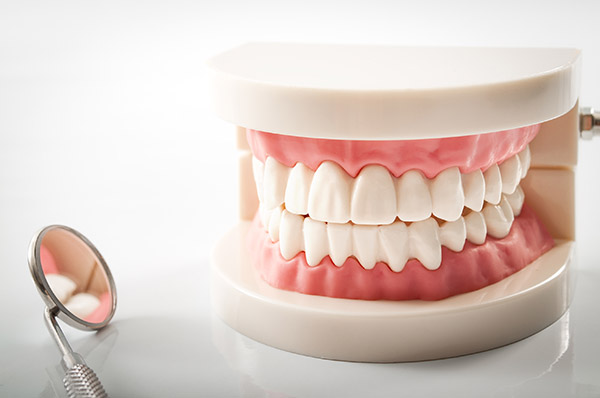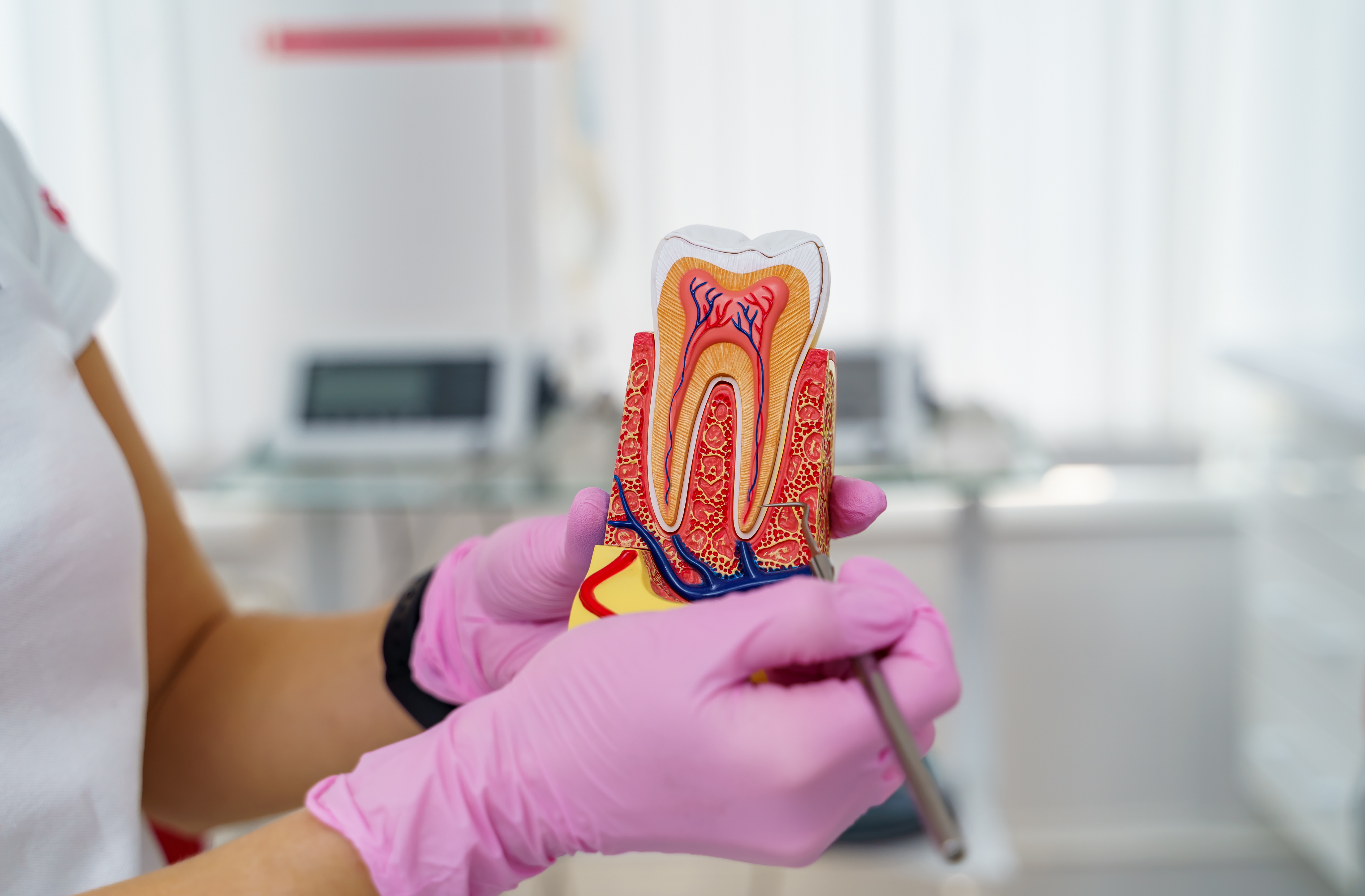 Looking into options for replacing missing teeth? Read on to learn more about available tooth-replacement options. Replacing missing teeth is one of the most common reasons patients seek a complete mouth restoration. There are many treatment choices available, and it is recommended that you learn about each one before choosing. Throughout the planning phase, the dentist can provide suitable options for replacing missing teeth.
Looking into options for replacing missing teeth? Read on to learn more about available tooth-replacement options. Replacing missing teeth is one of the most common reasons patients seek a complete mouth restoration. There are many treatment choices available, and it is recommended that you learn about each one before choosing. Throughout the planning phase, the dentist can provide suitable options for replacing missing teeth.
Options for replacing missing teeth
Dental implants, fixed bridges, and partial and total dentures are popular options for replacing missing teeth during a full-mouth restoration. The following is a detailed overview of each option, including explanations of why one may be better to the other under specific circumstances.
Dental implants
Dental implants are a durable and natural option available for replacing a full mouth of missing teeth. Dental implants are titanium posts that are implanted into the jawbone to replace lost teeth. An abutment and restoration are attached to the dental implant. A bridge or denture is connected to the implant when there are multiple missing teeth, which is usually the case with a full mouth restoration. It is non-removable and, with appropriate maintenance, may last for more than 20 years.
Fixed bridges
A fixed bridge is a dental treatment that is used to replace a small section of lost teeth. If a patient wants a less invasive treatment than dental implants but still wants a restoration that looks and performs like natural teeth, a dentist may suggest a fixed bridge. A fixed bridge is supported by neighboring teeth and requires that the dentist file those teeth down to place dental crowns. As a result, the teeth near the missing teeth need to be healthy and strong enough to withstand this prep.
Partial dentures
Fixed bridges and partial dentures serve the same purpose. They are used to replace the gap created by multiple missing teeth in a row when completing a full-mouth restoration. The dentist may suggest partial dentures if the patient's neighboring teeth are weak or if they desire the simplest and least intrusive repair possible. Partial dentures are removable and secure against the gums. Partial dentures only cover a portion or a few missing teeth, while full dentures cover a whole row of missing teeth.
Full dentures
Complete dentures are a common tooth-replacement option and often one of the most cost-effective methods to replace a complete row or both rows of teeth during a full-mouth restoration. A dentist may recommend complete dentures for individuals who need significant tooth replacement but do not desire the added expense or invasive procedure of implant-supported dentures. They are detachable and rest on the gums for support. Patients will need to use denture adhesives and ensure they keep the dentures clean.
The bottom line
If you have lost several teeth, you will need a full-mouth restoration to get back complete dental functions and restore your smile's appearance. A good place to start is booking a consultation appointment with a dentist to discuss replacing missing teeth. The dentist will evaluate your oral cavity and recommend the most suitable options for replacing missing teeth.
Request an appointment or call Lalangas Family Dentistry at 972-534-6008 for an appointment in our Dallas office.
Related Posts
Dental bridges are one of the most preferred options for replacing missing teeth. As the name suggests, dental bridges bridge the gaps left by one or more lost teeth. This is a guide to your dental bridge options, types, and benefits.A dental bridge is a prosthetic bridge that replaces one or more missing teeth. It…
Participating in sports is a fun and healthy hobby, but it can lead patients to search for options for replacing missing teeth. Unfortunately, losing teeth due to a sports injury is common, especially in contact sports. Fortunately, there are solutions for restoring your smile.A single tooth replacement (crown), fixed partial or complete denture, or maxillofacial…
The bridge is a dental repair that is cemented in place and is used to replace missing teeth. It is done by attaching an artificial tooth definitively to an adjacent tooth, be it natural or artificial. In most cases, crowns are artificial teeth paired with bridges. They are usually made from porcelain or blended resin.…


